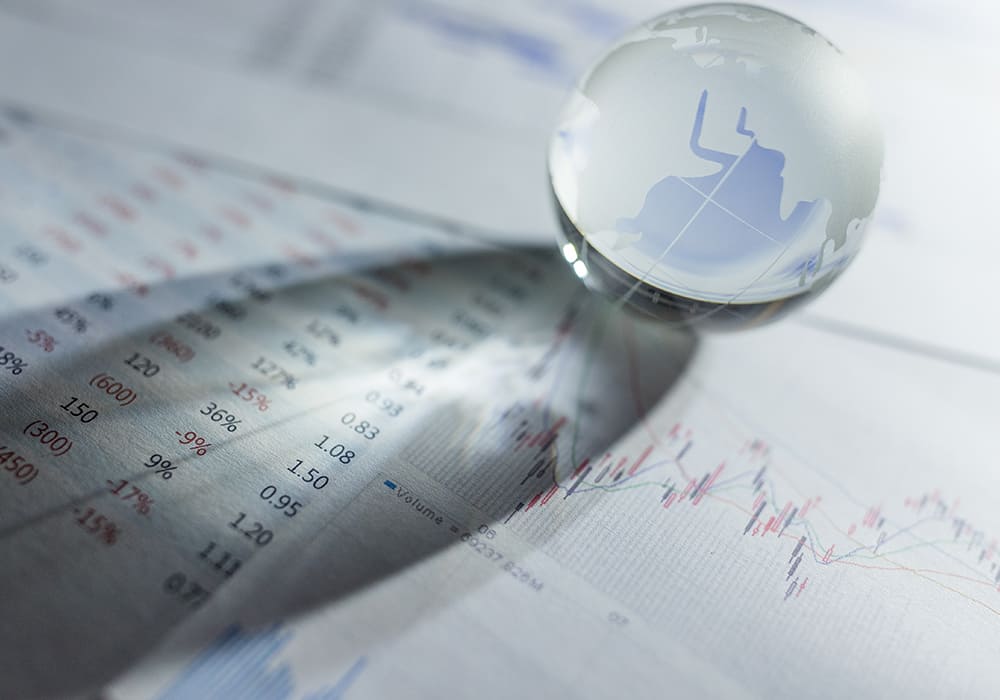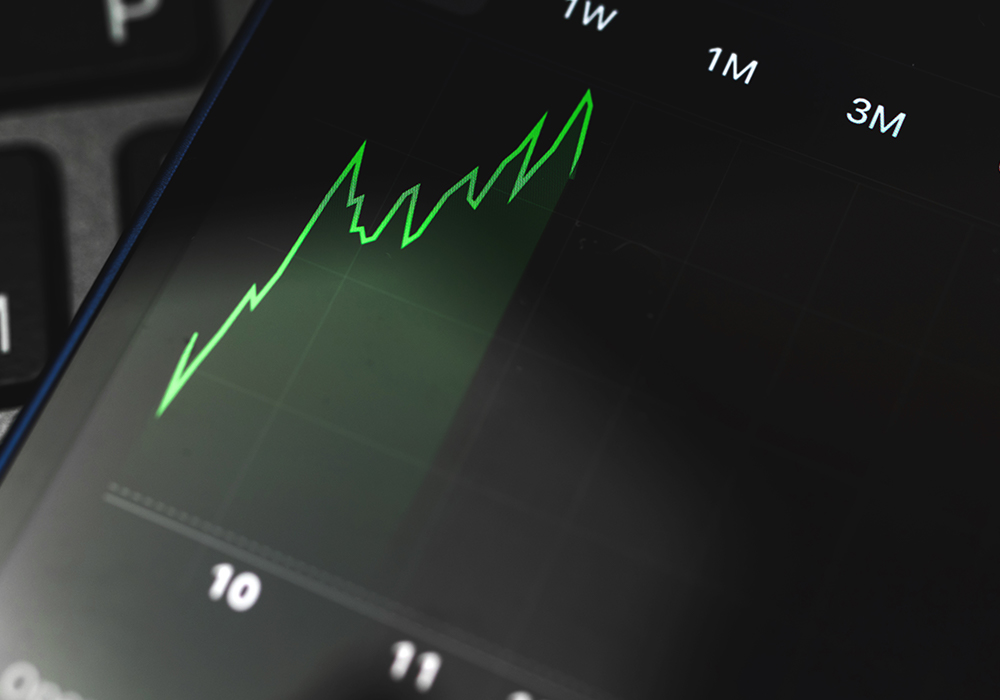Indicators that are economic in nature are highly crucial sets of data that tend to drive the course of major indices, such as the S&P 500, Dow Jones, and NASDAQ. A trader who monitors the GDP, employment rate, inflation, and consumer sentiment can have a more informed idea about future market trends and shifts in sentiment.
This will go a long way in enabling them to be well-placed to react to future economic announcements.

1. Understanding Economic Indicators
Economic indicators are statistics that reflect the health and trajectory of an economy. These indicators can broadly be divided into three types:
Leading Indicators: Predict future economic activity (e.g., new business orders, stock market returns).
Lagging Indicators: Reflect past economic performance (e.g., unemployment rate, corporate profits).
Coincident Indicators: Move in line with the economy (e.g., GDP, retail sales).
Each of these plays a unique role in helping traders gauge the strength or weakness of the economy and its potential impact on major indices. Traders closely watch these indicators because positive or negative economic data can lead to significant shifts in indices, as market participants adjust their positions based on their economic outlook.
2. Main Economic Indicators Influencing Major Indices
Because of the way they reflect changes in corporate profits, consumer spending, and market sentiment, there are certain indicators that possess special power when it comes to stock indices. A number are identified below:
Gross Domestic Product (GDP): GDP is the summary of a nation’s total output and one of the widest measures of the state of the economy. A strong GDP reading generally indicates that an economy is in healthy shape and can fuel the indices based on anticipation of higher company earnings. A declining GDP is often a cause for sell-offs that may lead to recession.
Data of Employment: The non-farm payroll report, as issued monthly by the U.S. Bureau of Labor Statistics, shows how many jobs are added or lost. Generally speaking, high readings on employment are bullish because consumers have incomes to spend, and that might lead to increased consumer-driven stocks and other indices. Poor employment data tends to raise red flags regarding economic slowdowns, forcing indices to retreat.
Inflation Indicators: Inflation indicators comprise the Consumer Price Index and the Producer Price Index. Both reflect the purchasing power of consumers and business costs. While moderate inflation is generally viewed as healthy, spikes in inflation persuade central banks to increase interest rates in their efforts to cool down the economy. Such rate increases are negative to the indices, particularly growth-oriented ones such as technology, due to higher borrowing costs.
Consumer Confidence: Indicators such as the CCI provide insight into the level of optimism. Translation of high confidence is typically more spending, benefiting indices with high retail or consumer exposure, such as the Dow Jones. Low consumer confidence should precede decreased spending and slower economic growth.
3. How Economic Indicators Move Major Indices
Every release of an indicator brings volatility to the market, with traders reacting to data versus expectations. For example:
Positive Surprise: When an indicator outpaces expectations, optimism may get fired up; this drives upward movements in indices. This is most common with very strong employment figures or high levels of GDP growth.
Surprise Negative: A weak indicator will see indices sell off quickly in the case where the market is expecting to slow down economically. Examples of reasons to become pessimistic would be weak employment figures or heightened inflation.
Aside from the specific indicators themselves, traders consider the overall economic climate. For example, if inflation is increasing rapidly while there is high employment, traders might expect the Federal Reserve to increase rates thereby hurting indices.

4. Trading Strategies on Economic Indicators
Economic indicator trading can be very lucrative, but execution requires the right strategy:
Pre-positioning: Many traders will pre-position their portfolios in advance of expected economic releases, taking long or short positions depending upon a forecast. For instance, if an economic forecast calls for a hot GDP report, a trader might load up on long positions in major indices, such as those containing the S&P 500, ahead of a market rally.
Hedging Against Volatility: Surprise releases of major economic indicators could lead to sudden swings. The traders often hedge their positions through options on indices or protective puts to limit losses in case something unexpected occurs and it points negatively to their positions.
5. Risks and Considerations
While trading based on economic indicators builds a way into the understanding of market movements, it also holds risks. The markets do not always respond as forecast, and if the data happens to be substantially different from the forecast, there may be sharp losses. Apart from that, external factors like geopolitical events or sudden changes in policy might skew the results that come from economic indicators.
A set of economic indicators is an extremely handy tool for any prediction of mega index movement. Keeping track of key metrics, such as indications of GDP, employment, and inflation, gives traders insight into what really drives market sentiment. Economic data releases, when coupled with thoughtful strategy and risk management, become potent opportunities for gaining insight into the market and strategic positioning.






